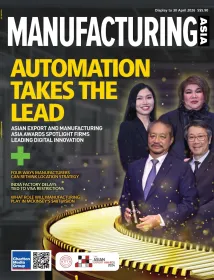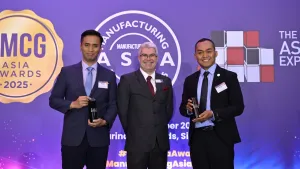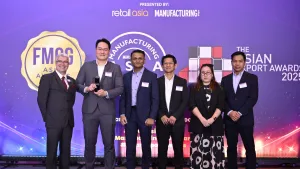
Singapore manufacturing activity rises at start of 4th quarter
Output growth accelerates amidst a sharp rise in new business.
Singapore’s manufacturing sector saw solid expansion in October, according to S&P Global PMI data.
Strong new business growth drove increased output and backlog accumulation. Despite firms boosting employment to manage workloads, purchasing activity stalled due to adequate input holdings.
Supply constraints worsened, with longer lead times contributing to higher input cost inflation. Selling price inflation also accelerated. The seasonally adjusted S&P Global Singapore Purchasing Manager’s Index posted 55.5 in October, marking the 20th consecutive month of improving business conditions, though slightly below September's level.
New orders for goods and services grew sharply in October, spurred by stronger demand and business development efforts. The wholesale and retail sector recorded the fastest rise in new sales, driving quicker business activity growth and a sharp increase in backlogs, particularly in real estate and business services.
To handle increased workloads, businesses raised staffing levels for the sixth straight month in October. Whilst some firms linked higher purchasing activity to rising new work, others reduced purchases due to sufficient input stocks, leading to a decline in inventory amid supply delays.
Jingyi Pan, Economics Associate Director at S&P Global Market Intelligence, said October’s positive data highlighted solid growth in Singapore's private sector. Output growth accelerated from September and exceeded the year-to-date average.
Despite challenges like rising costs, the outlook points to sustained growth through year-end, supported by increased confidence and a strong activity pipeline.


















